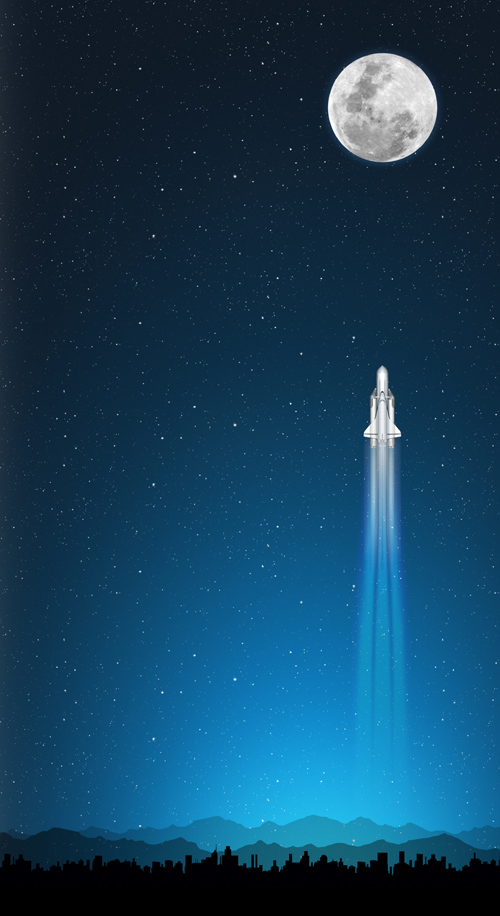 The sixth-grade classes in Mesa get to go the moon each year, traveling to the moon via an interactive experience called Space Integration Module (SIM).
The sixth-grade classes in Mesa get to go the moon each year, traveling to the moon via an interactive experience called Space Integration Module (SIM).
SIM is the brainchild of Don McMahon, a former teacher at Roosevelt Junior High School in Mesa.
Passion, creativity and enthusiastic educators are needed to keep this program alive, and this is what has kept SIM evolving over the years. Kari West and Colleen Howard, two Mesa teachers, have taken SIM to the level it is today.
It began when a parent gave a U.S. West grant of $500 to these two teachers to build a wooden shuttle for the students at Roosevelt and Washington Junior High schools. Seeing the impact SIM was having on the education of these students, other schools wanted to be involved. In 2001, MPS offered the experience to all the sixth-graders. With grants and expertise from Boeing, the program has grown to include all the junior high schools in Mesa.
SIM is a daylong program, which is housed at Fremont or Kino Junior High schools. There are three rooms, namely, Mission Control, Space Station and Space Shuttle. The students receive preflight training, and they acquire background knowledge in their classroom studies. The sixth-grade reading series has a story entitled I Want to be an Astronaut, which is linked to this experience.
The sixth-grade teachers are required to take an online class, which prepares them for the mission. Students are assigned a job before they go on their mission. Some teachers have their students write a persuasive essay on the job they desire instead of just assigning them a job. There are eight jobs in the space shuttle, eight jobs in the space station and 15 jobs in Mission Control. All the jobs mimic the actual jobs of Cape Canaveral.
SIM has payload specialists, medical specialists, pilots, engineers and project specialists. Kayla, a Taft Junior High School sixth-grader, was the medical specialist in the space station. “I chose this job because I want to be a vet when I grow up, and this was the closest job to that position,” she said.
On the day of their mission, the students have multiple tasks to complete to get them to and from the moon safely, while keeping their oxygen levels at the appropriate levels. Different scenarios are given to the students, and they have to work together to problem solve. The sixth-graders also learn about teamwork, communication and the need to rely on your team to function smoothly.
“SIM really opens up the children’s interests with careers in space and exploration,” Kari said. “It also empowers them to work as a team, and shows them that they have to really step up.”
As project specialists, the students have a diverse selection of activities, which they call games. In reality, they are critical thinking situations, requiring them to work together, discuss scenarios and problem solve. And that is what Makayla learned while serving as a project specialist. “I realized that it takes time, and I had to think harder,” she said. SIM lets those students shine who sometimes don’t get the chance to shine in class. It provides real-life learning.
Serving as capcom in Mission Control was David, a sixth-grader at Taft Junior High School. “I wanted to be capcom, because I thought it would be fun to talk to people through the radio, and be involved with the entire aspect of the mission,” he said. “I learned that it’s OK to ask people nicely to get on task,” David continued, “and if they don’t, I had to be firm and straightforward.”
The students are actively involved in using those critical thinking skills necessary for life. “Being the flight director taught me to be independent,” said Tessa, a sixth-grader at Taft Junior High School. “I sometimes needed to do things on my own.”
Check out SIM someday. You can experience the moon. For more information, contact Kari West, at Fremont Junior High School, or Colleen Howard, at Kino Junior High School.

